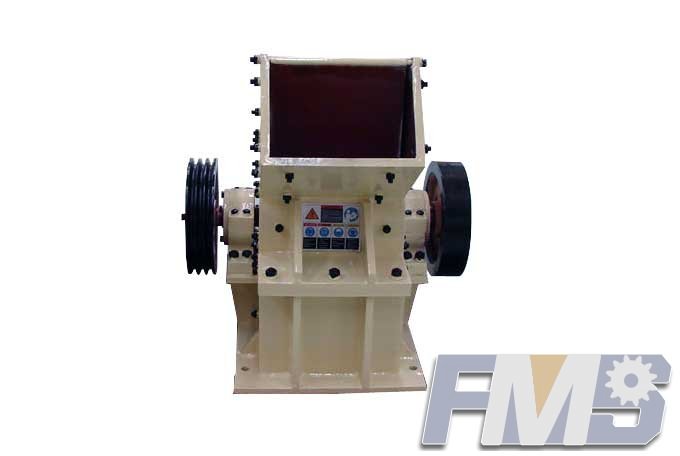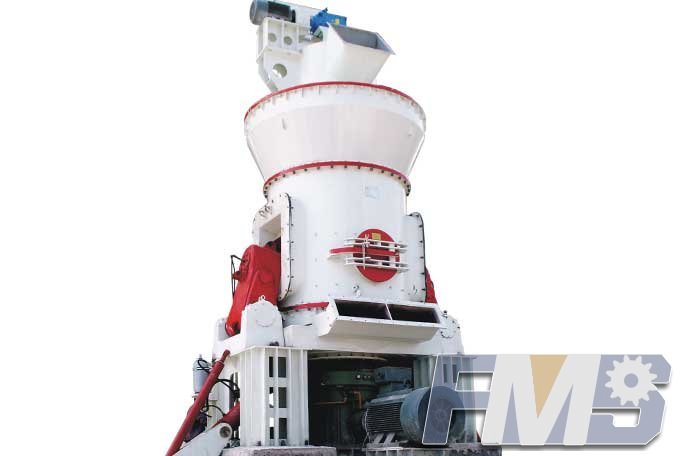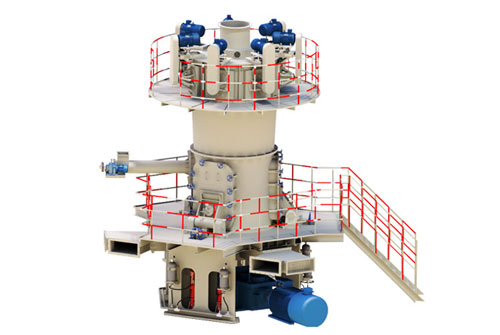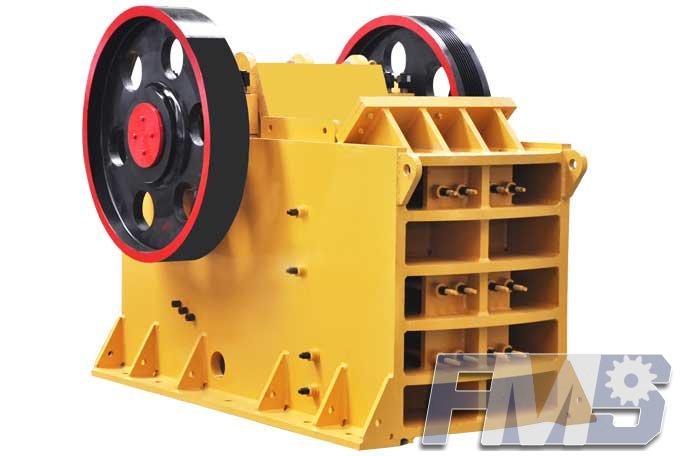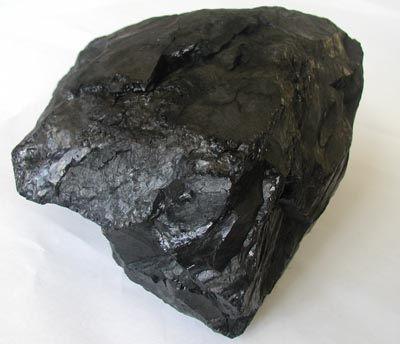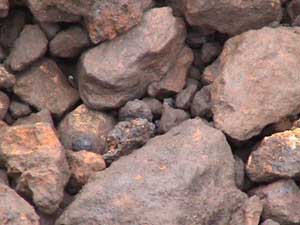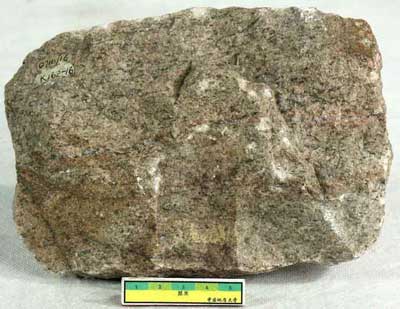Screening principles for vibrating screens
Screening principles for vibrating screens are basically the same for any application. Material to be screened, when launched on the feed box or directly on the screening surface, loses its vertical velocity component and is submitted to change in direction of travel. Through vibration, the bed of material tends to develop a fluid state.
Once the material is on the screening surface, two processes occur, which together make classification possible:
STRATIFICATION
This is the process whereby the large-sized particles rise to the top of the vibrating material bed due to the vibrating motion effect, while the smaller particles sift through the gaps and go to the bottom of the bed.
Interrelated factors that affect stratification are:
- Material travel flow: a function of the material stratification, bed thickness, stroke characteristics, and screen slope
- Stroke characteristics: amplitude, direction, rotation, type of motion, and frequency
- Surface particle moisture – high surface moisture content makes stratification diffcult
Tagged: vibrating screens
Get Detail Information:
(If you do not want to contact to our online customer service, please fill out the following form, Our client manager will contact you later. We will strictly protect your privacy.)


